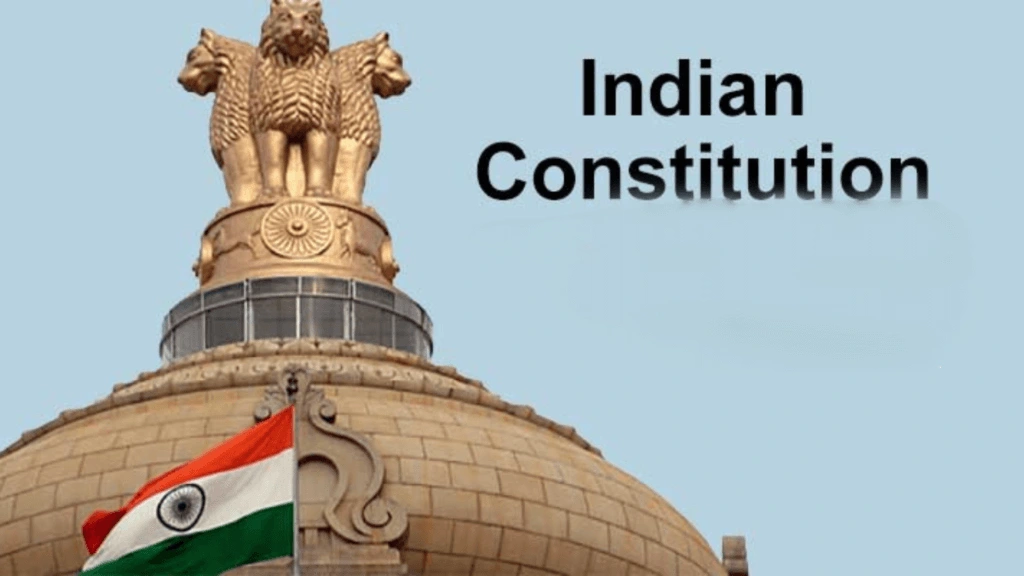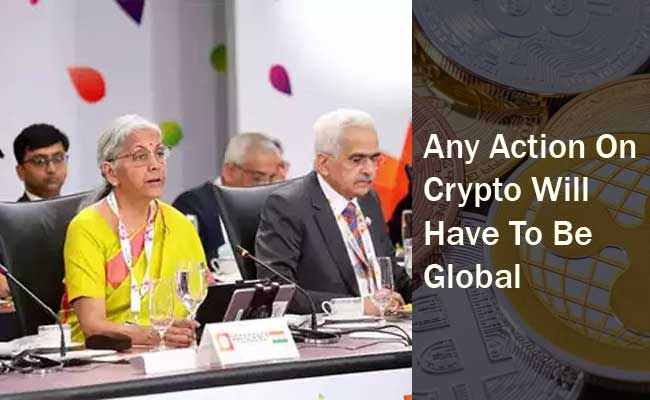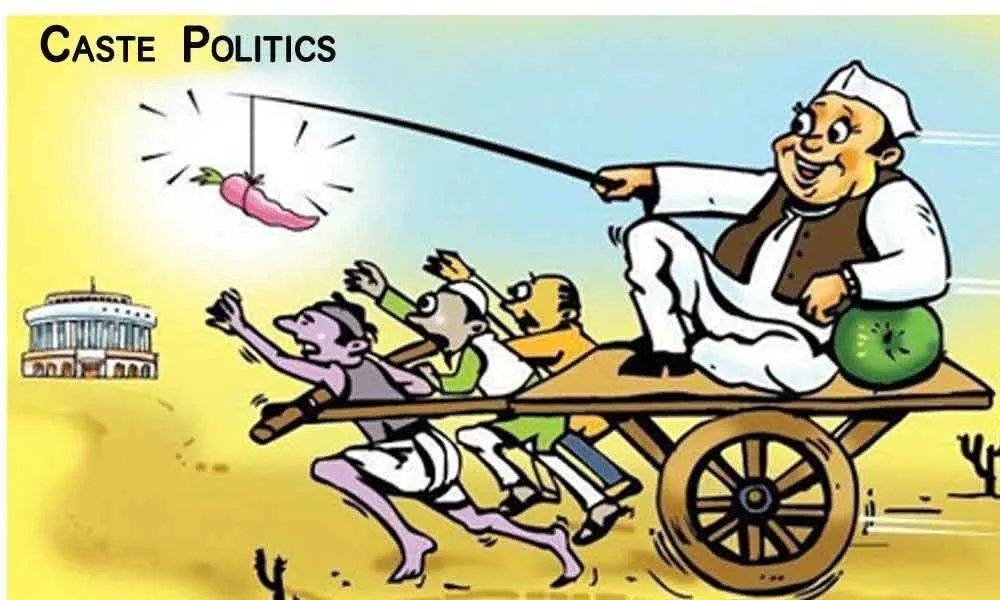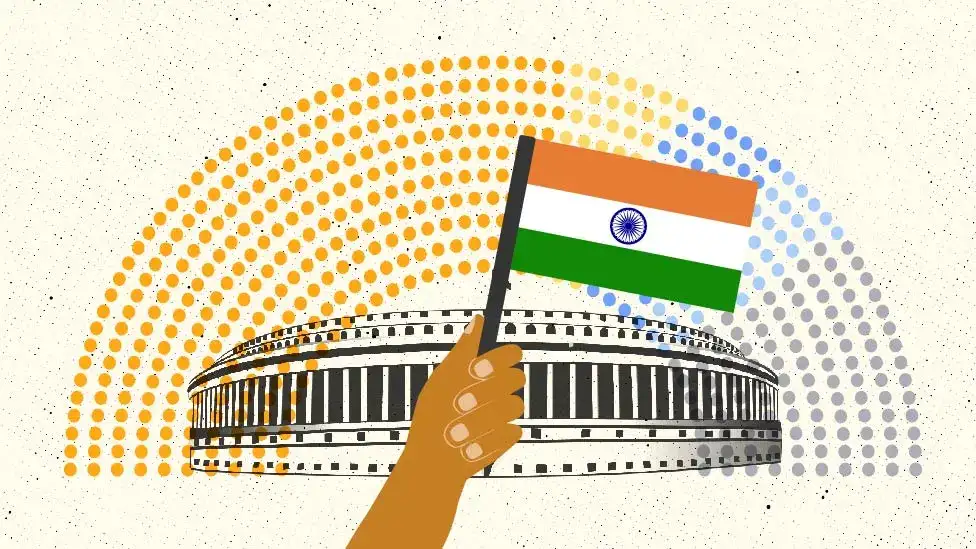The dissolution of the Soviet Union (USSR) in 1991 marked the end of one of the most powerful empires in modern history. Established in 1922 after the Russian Revolution, the USSR was a global superpower that rivaled the United States during the Cold War. However, a combination of economic decline, political instability, and social unrest eventually led to its collapse. Understanding the reasons behind the dissolution of the Soviet Union offers insight into the failures of centralized power and the challenges of maintaining a vast, diverse federation.
Economic Decline
One of the main reasons behind the fall of the Soviet Union was its failing economy. The Soviet model was based on a centrally planned system, where the government controlled all industries and resources. While this approach initially fueled rapid industrialization, it later became inefficient and stagnant.
By the 1980s, the Soviet economy was struggling with low productivity, outdated technology, and poor living standards. The arms race with the United States during the Cold War drained vast resources, leaving little for domestic needs such as consumer goods and housing. The people’s dissatisfaction with constant shortages and economic hardship grew stronger each year.
Political Reforms and Weak Leadership
Another crucial factor was political reform gone wrong. When Mikhail Gorbachev came to power in 1985, he introduced two major policies — Perestroika (restructuring) and Glasnost (openness). These reforms were intended to modernize the Soviet system and encourage transparency. However, they unintentionally exposed the deep flaws in the government.
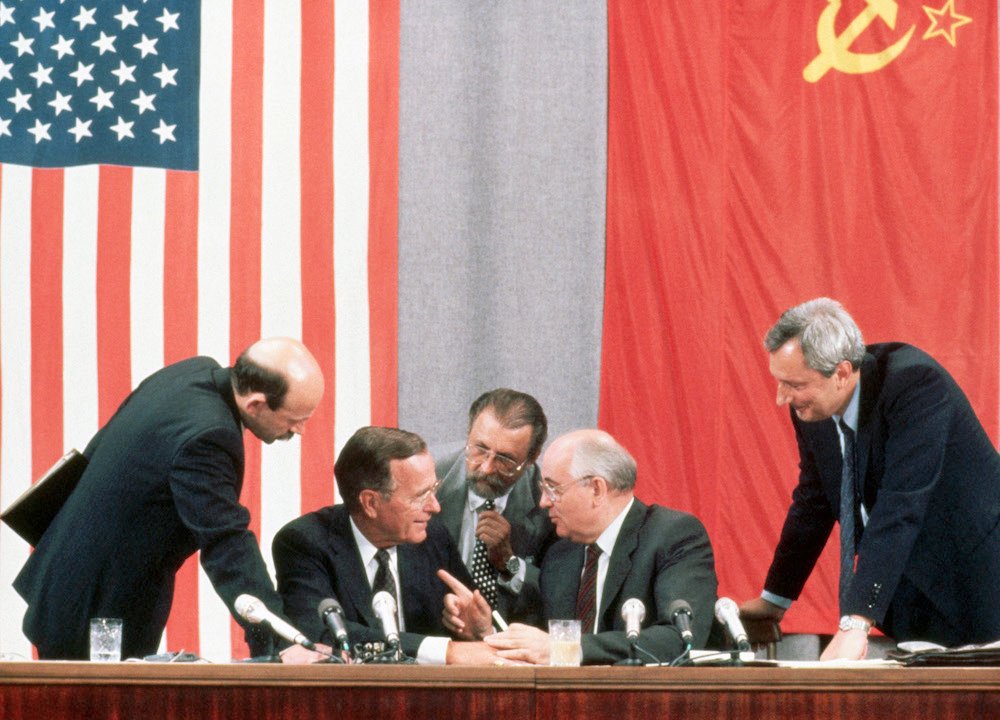
Glasnost allowed citizens to criticize the Communist Party and discuss previously forbidden topics, leading to widespread discontent and demands for change. Perestroika, on the other hand, loosened government control over the economy but failed to create a stable market system, causing further chaos and shortages.
Nationalism and Independence Movements
The Soviet Union was made up of 15 republics, each with its own culture, language, and identity. As central control weakened, nationalist movements gained strength across the USSR. Countries like Lithuania, Latvia, Estonia, Ukraine, and Georgia began demanding independence. By 1991, several republics had already declared sovereignty, further undermining the unity of the Union.
The Final Collapse
In December 1991, after years of unrest and failed reforms, the leaders of Russia, Ukraine, and Belarus signed the Belavezha Accords, officially dissolving the Soviet Union. Mikhail Gorbachev resigned as president, and the USSR ceased to exist, replaced by the Commonwealth of Independent States (CIS).
The fall of the Soviet Union was not caused by one event but by a combination of economic stagnation, political mismanagement, and the rise of nationalism. It marked the end of the Cold War and the beginning of a new global era — one defined by democracy, independence, and the lessons learned from the failure of an empire.
What is Deep State and How It Works
![]()


